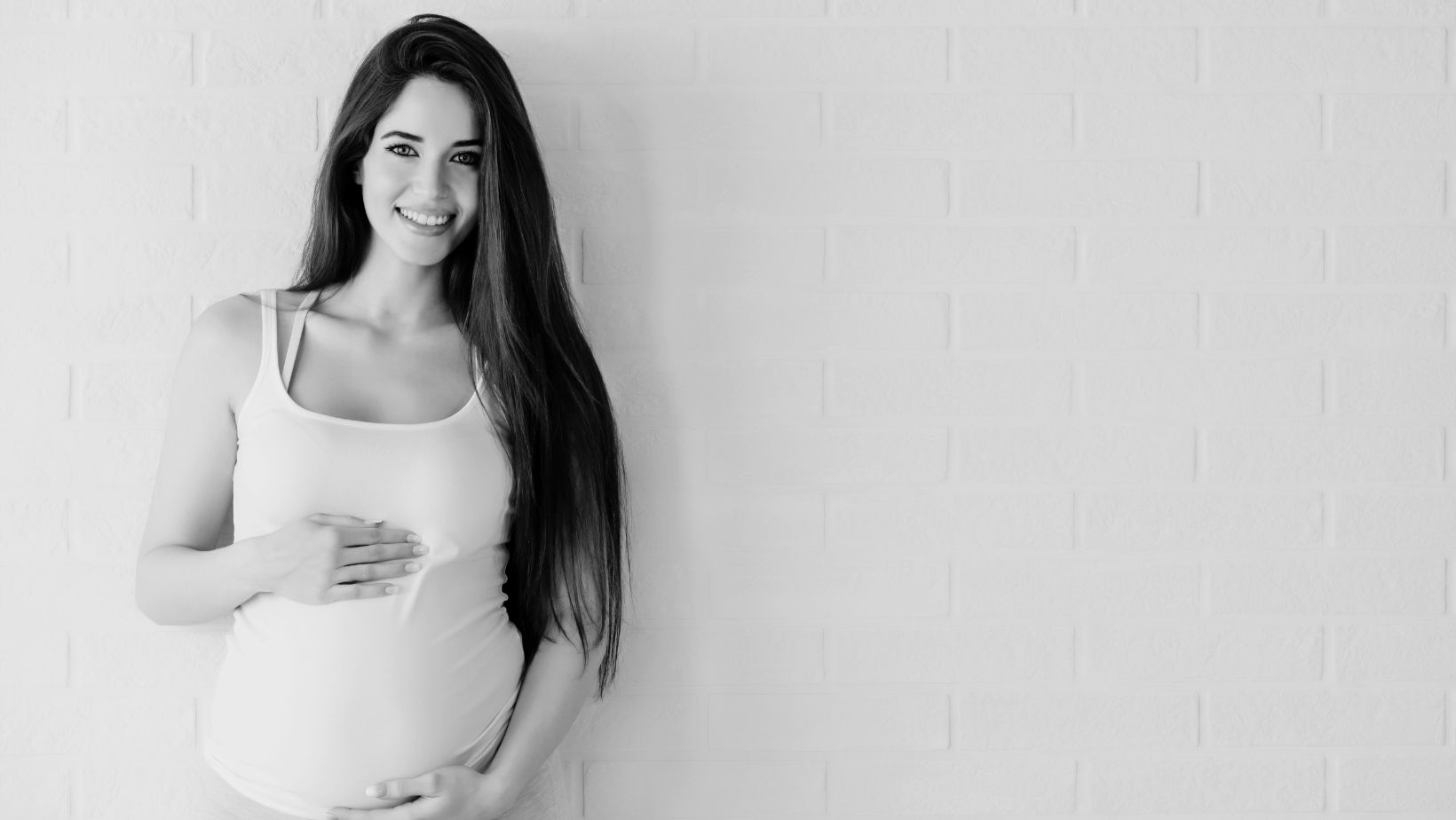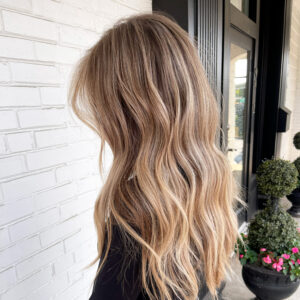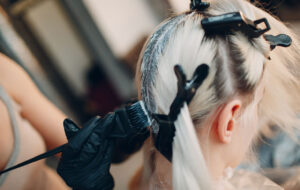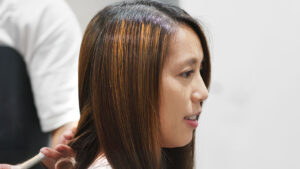Seeing a reputable stylist has a lot to do with how great your hair looks, but the health of your hair also has a lot to do with hormones.
Depending on where you are in your cycle — and where you are in life — your hair could be thinner, thicker, greasier, or falling out more often. Maintaining the right balance of hormones and following your stylist’s advice can help keep your hair stronger, healthier, and looking its best.
Periods Can Make Hair Oily and Fragile
An increase in testosterone this time of the month creates sebum, an oil that can make your skin and hair greasy. You may want to shampoo more often during your period or switch to a shampoo formulated for oily hair.
There’s also a drop in estrogen during your period. This, along with the loss of blood that can cause an iron deficiency, makes hair fall out more quickly. Consider taking an iron supplement or a multivitamin formulated for hair health. And be extra gentle on your hair. It’s best to skip blow drying and other heat tools this week. You might also want to avoid pulling your hair up into a ponytail which can cause breakage.
Pregnancy Hair is Lush and Thick—But It Can Get a Little Crazy
Normally after hair grows, it rests for 2 or 3 months before being pushed out by new hair that’s growing in the follicles. Typically, a non-pregnant woman sheds 100 hairs per day.
But during pregnancy, an increase in estrogen stops new follicles from pushing the hair out. So the hair that’s already there grows longer, and less hair falls out than usual. Most pregnant women begin to notice their hair feeling thicker at around 15 weeks and enjoy it until after giving birth or when they stop breastfeeding. When estrogen levels return to normal, what feels like an excessive amount of hair loss is actually just the result of shedding the extra hair. Hair will stop shedding and continue to grow normally after about 3 months.
Hormonal changes during pregnancy can also cause changes in your natural hair’s texture. Curls can fall flat, straight hair can become wavy, and it doesn’t always happen uniformly. These changes may be temporary during pregnancy or may stick around — but this is not the time to experiment with new products or hair treatments without talking to your doctor. For example, using shampoo with parabens during pregnancy has been linked to infant obesity, and keratin treatments contain formaldehyde which is unsafe for pregnant mothers to breathe. Your stylist will be able to tell you the best way to safely manage your unfamiliar texture.
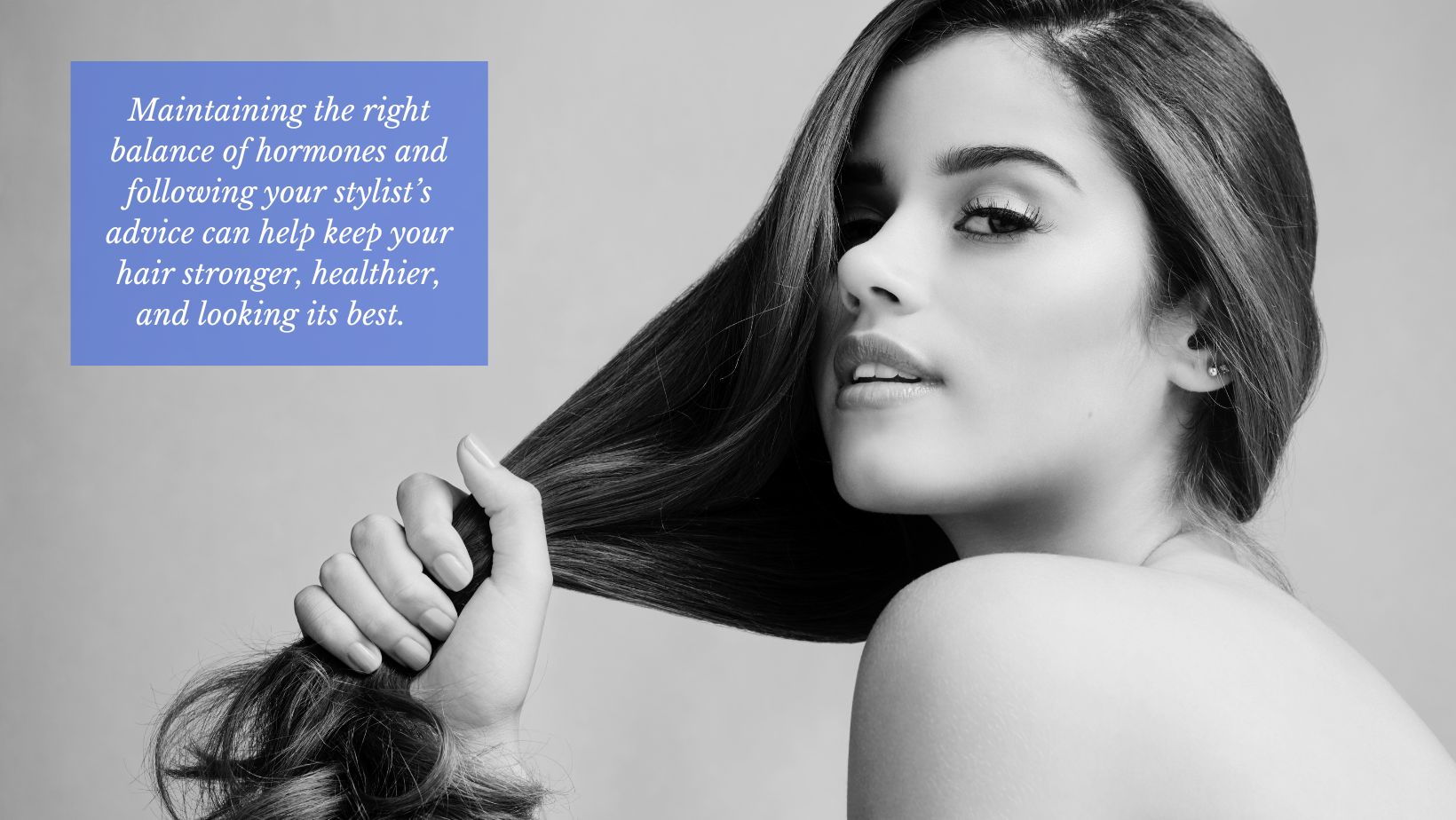
Perimenopausal Women Deal with Thinner Hair – and Stress
In our 40s and 50s, estrogen and progesterone decrease, which means the scalp becomes less oily. Now is definitely a time when you can wash your hair only 2 or 3 times per week.
But as testosterone rears its head, hair becomes thinner so it’s best to avoid heat styling tools that can cause breakage. To thicken the hair, try shampoos made to boost volume at the follicles. You can also take supplements like collagen and biotin to bring some fullness back.
Most importantly, practice self-care in these “sandwich generation” years. Taking care of elderly parents while raising kids can definitely put a damper on mental health. Stress is associated with hair loss, so eating healthy foods, getting enough sleep, and practicing relaxation techniques will allow you to keep a healthy head of hair for longer.
In Menopause and After, Hair Becomes Thin and Gray
When estrogen levels drop during menopause, the normal hair growth cycle begins to slow. New hair isn’t being produced, and there’s very little sebum. Older hair becomes thin and dry and sheds more often. Topical minoxidil can be applied to stimulate blood flow to the follicles and promote growth, while ketoconazole shampoo (brand name: Nizoral) can help stimulate hair growth by lowering testosterone levels.
During menopause and beyond, we also stop producing melanin which is what pigment is made of. Without pigment to fill the hair, it loses color and becomes gray, wiry, and coarse. If you choose to color your hair, it’s crucial to have it done by an experienced stylist who won’t damage it with bleach. Lowlights are much safer because they don’t strip your already fragile hair. Instead, it just requires painting color onto some of the strands to blend with your natural color and create an illusion of texture and thickness.
If you choose to embrace the gray, use a gentle clarifying shampoo and avoid sulfates which are especially drying for gray hair.
Your Vakaar Stylist Will Always Do What’s Best for Your Hair
Building an honest, open relationship with our clients means being able to talk about anything — and that includes hormones! As we begin each appointment, we discuss concerns you have such as your hair becoming wiry, losing its curl, or losing its color. We’ll consider what stage of life you’re in and whether that has something to do with the changes, or if there’s something else going on. Then, we’ll come up with a plan that will keep you and your hair safe, healthy, and beautiful.
Contact us for a consultation, and you’ll see why our clients love coming to Vakkar.
